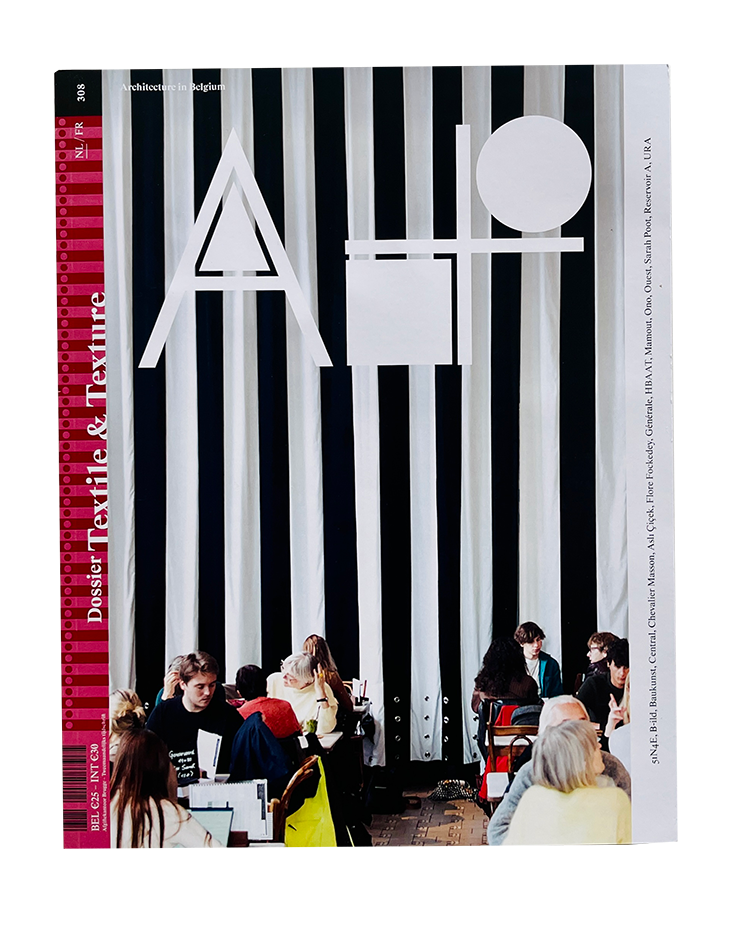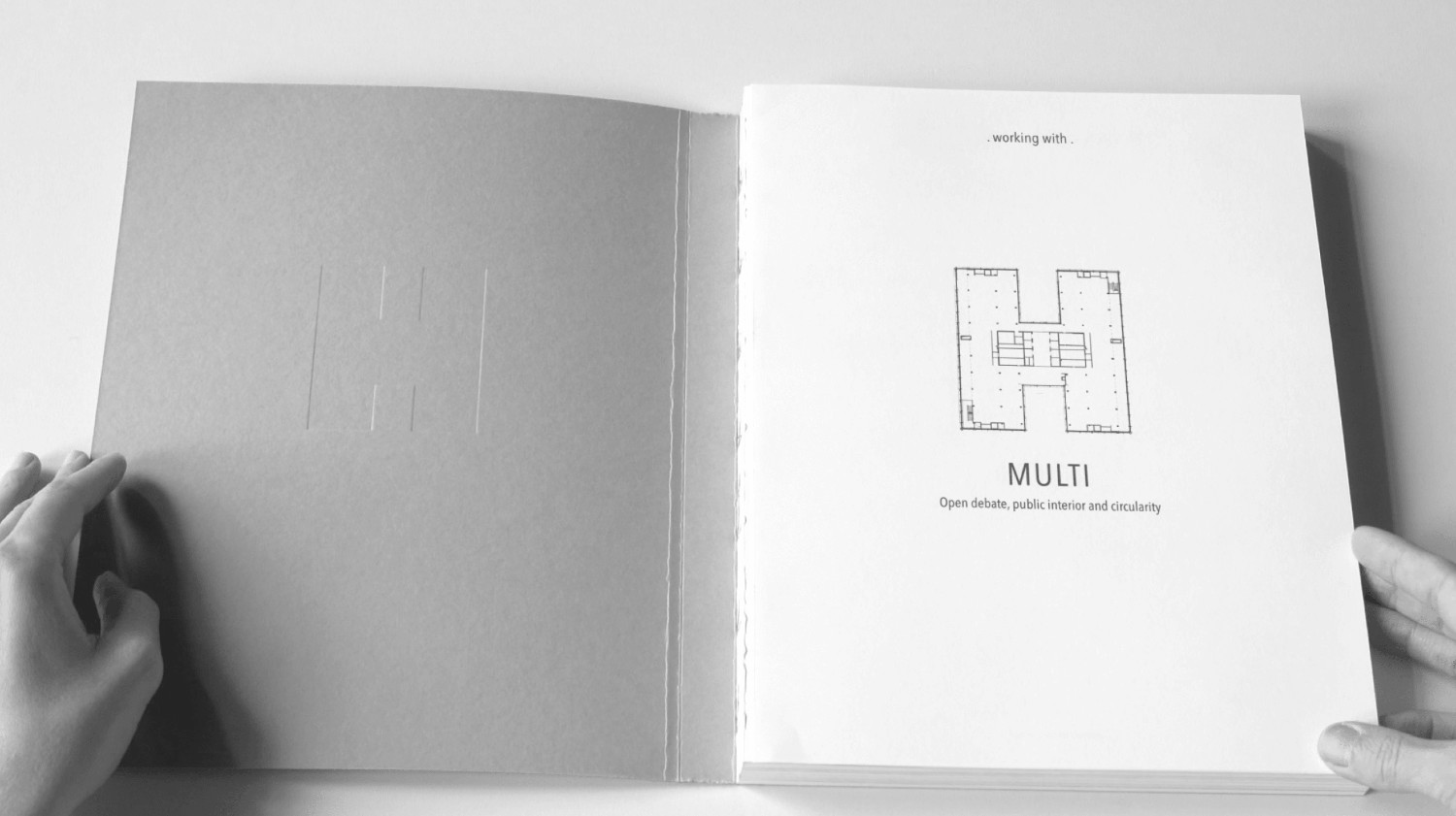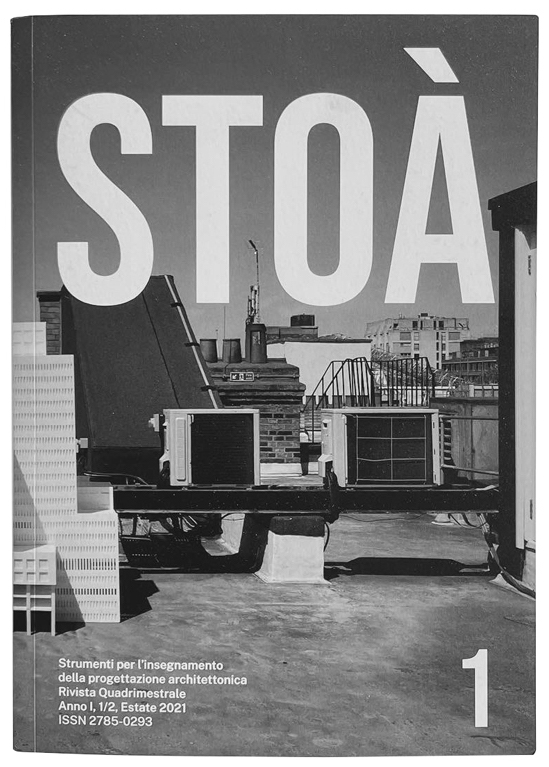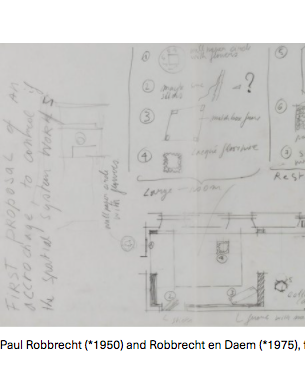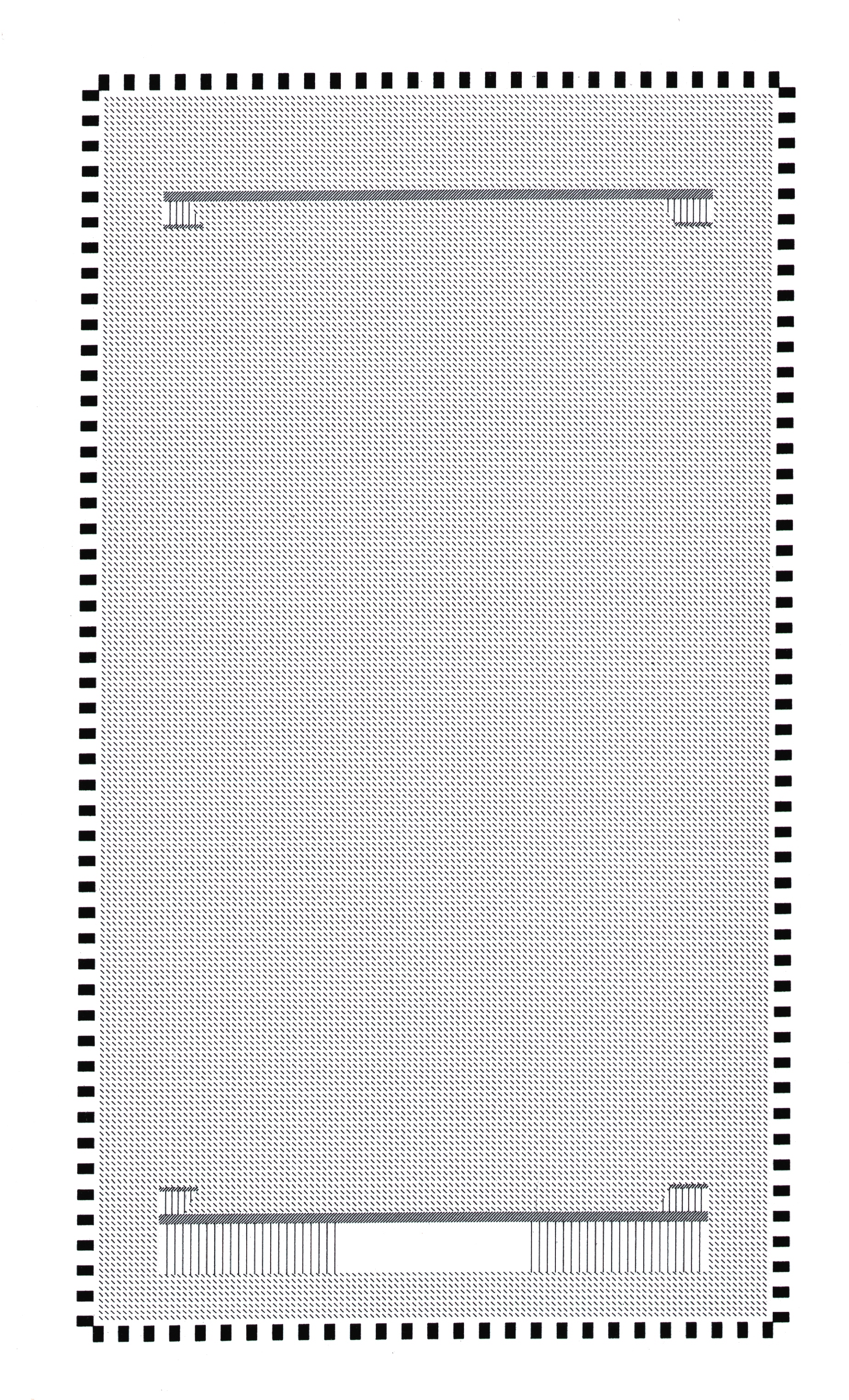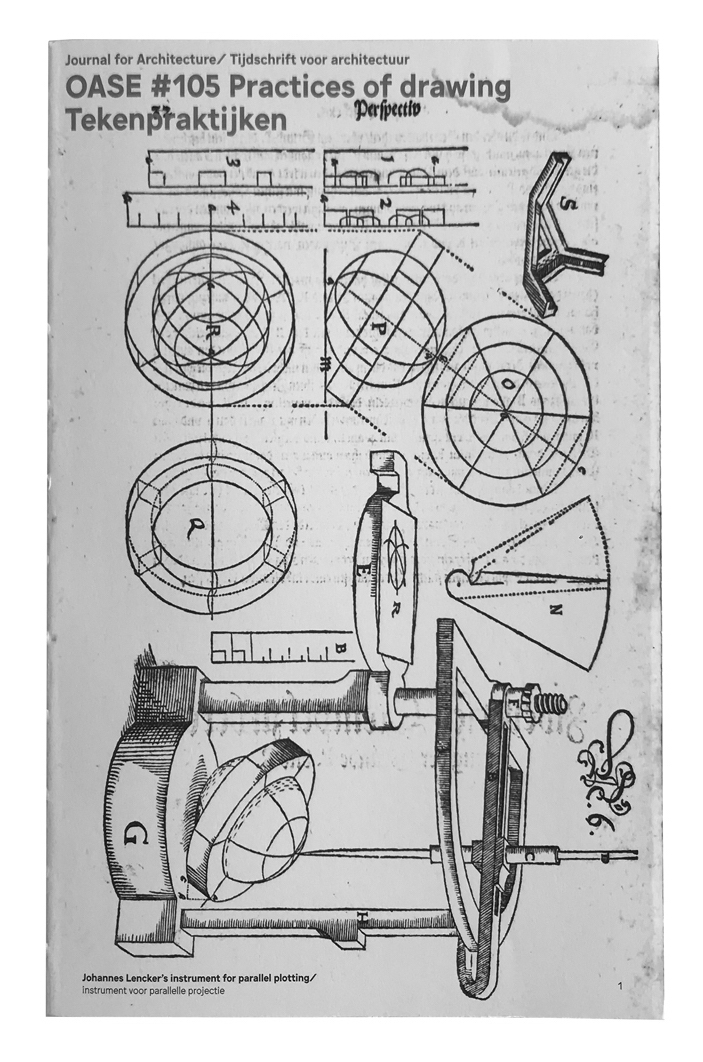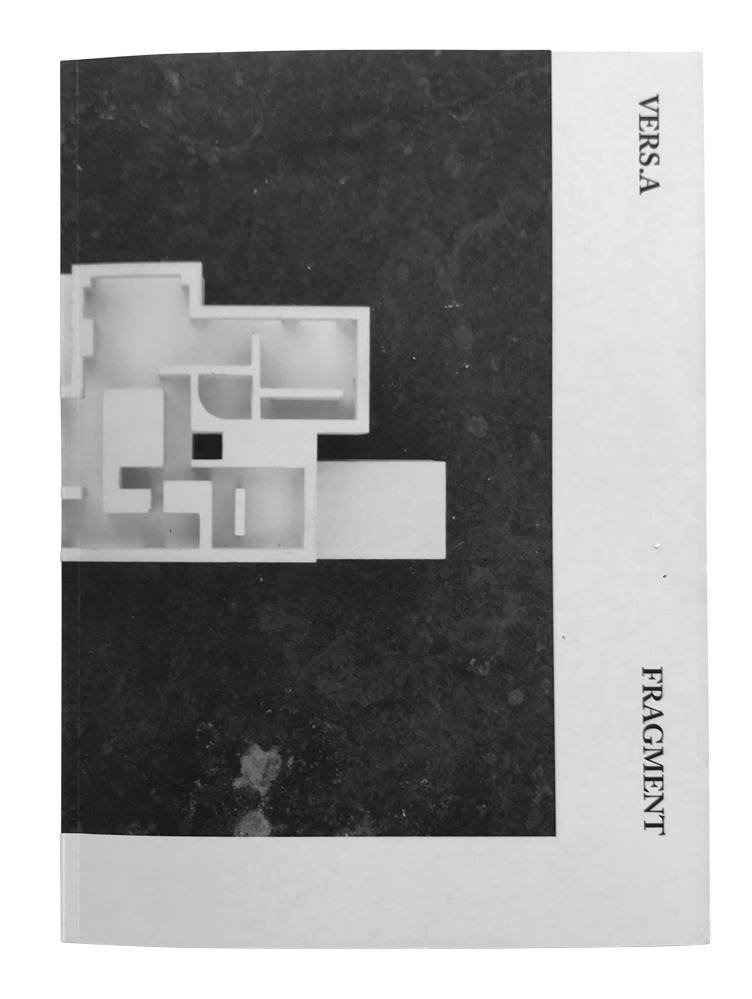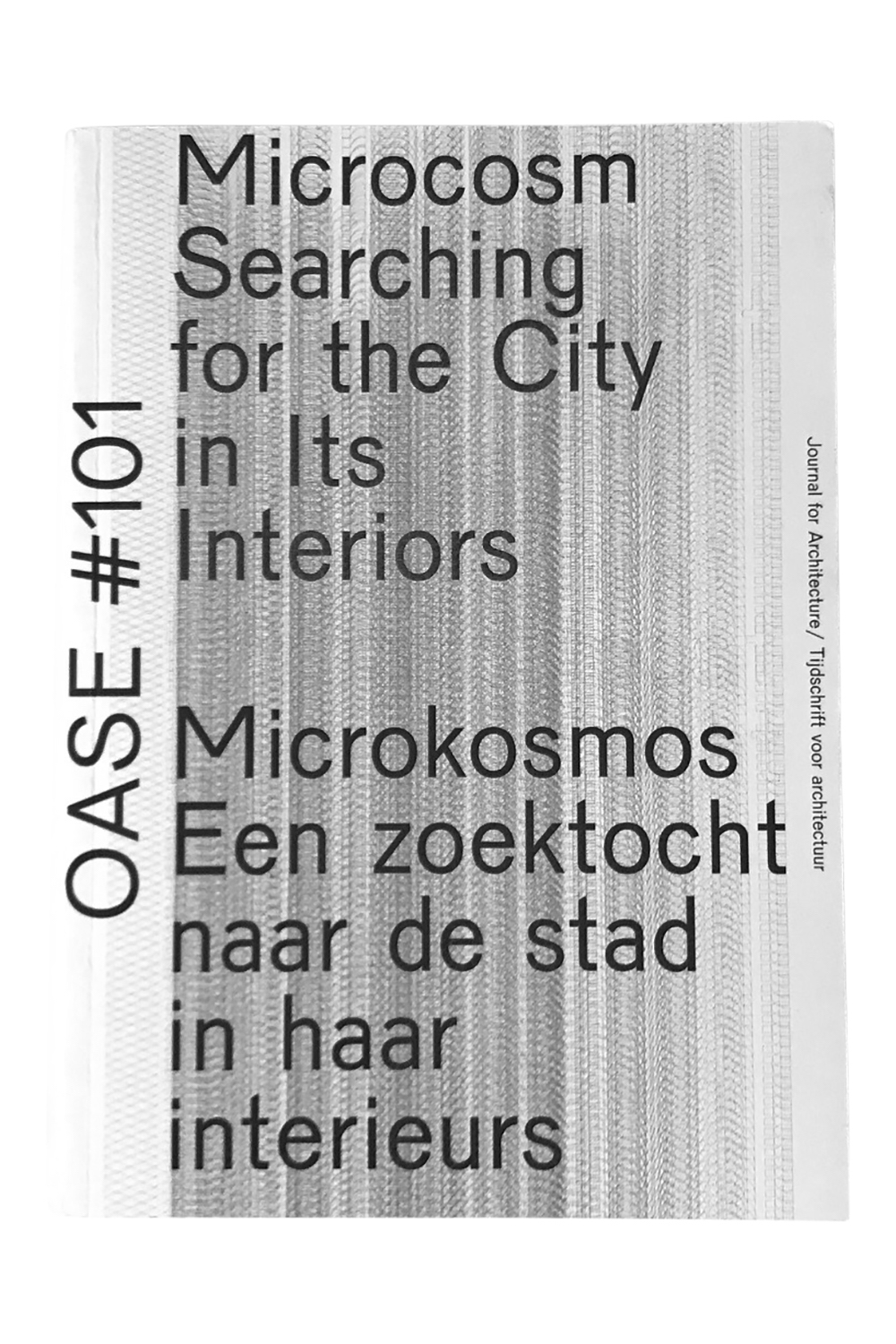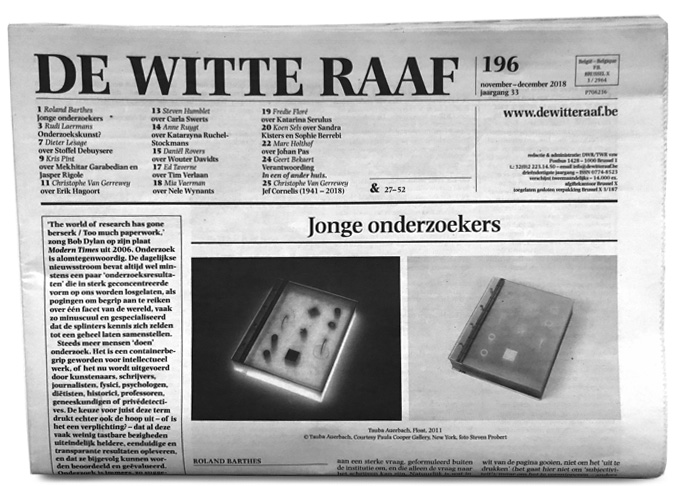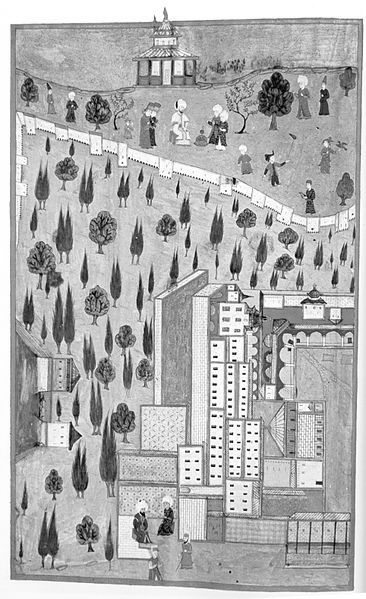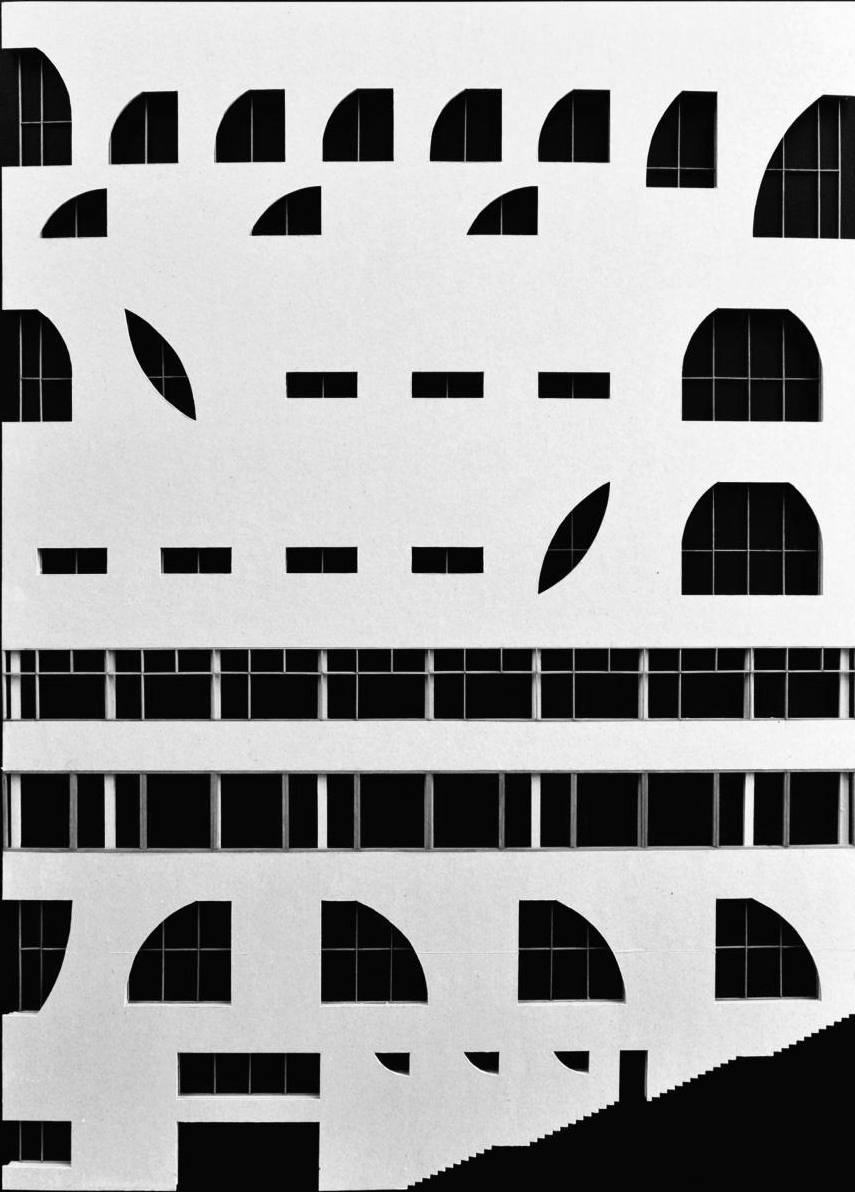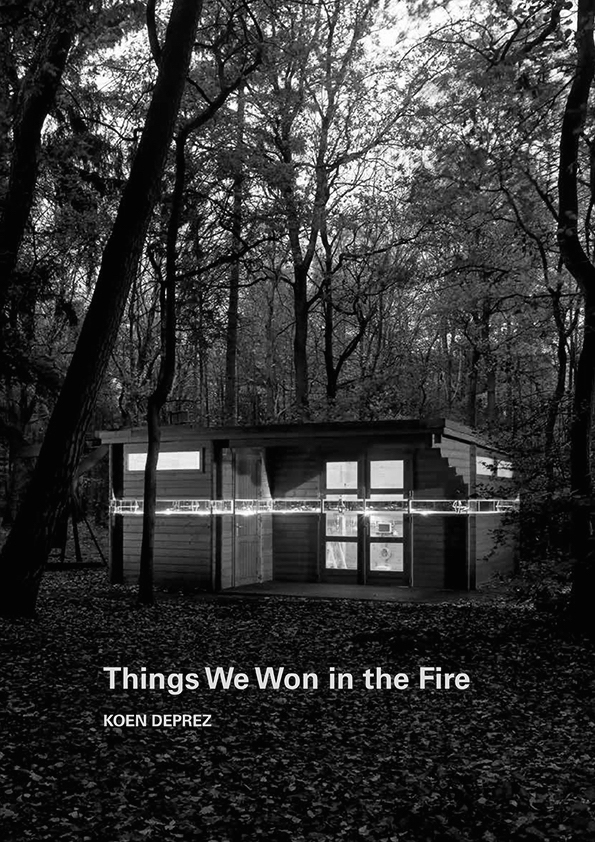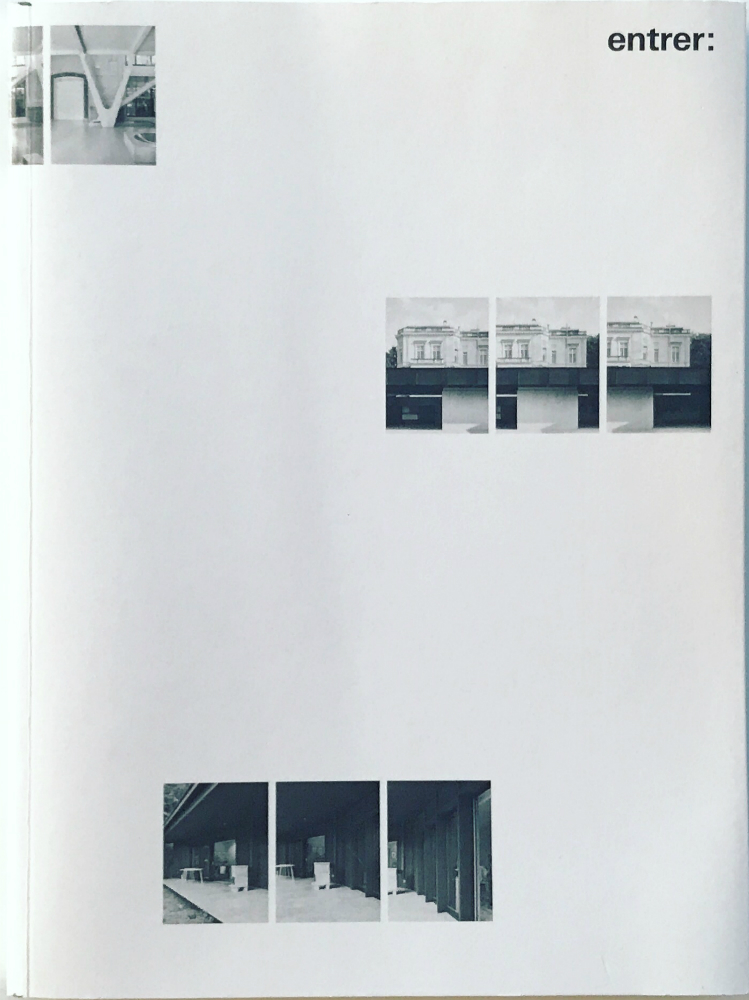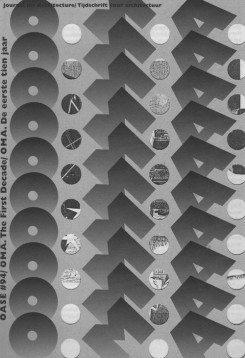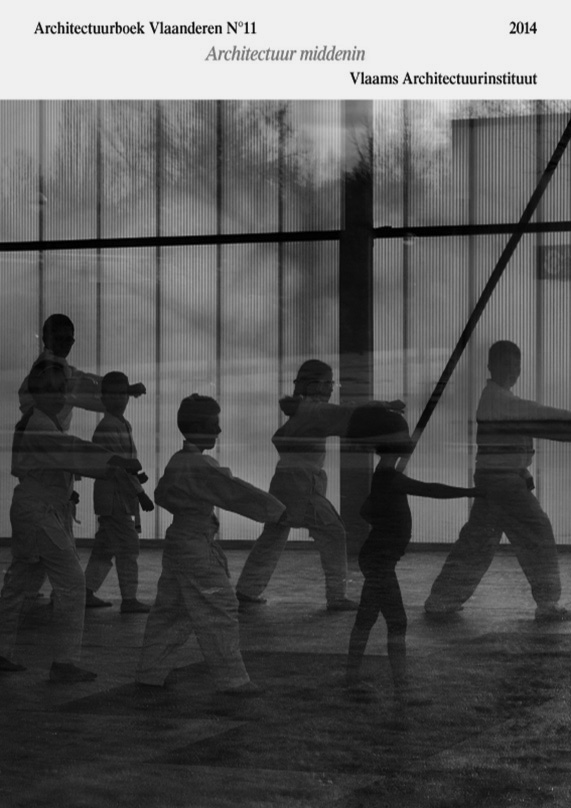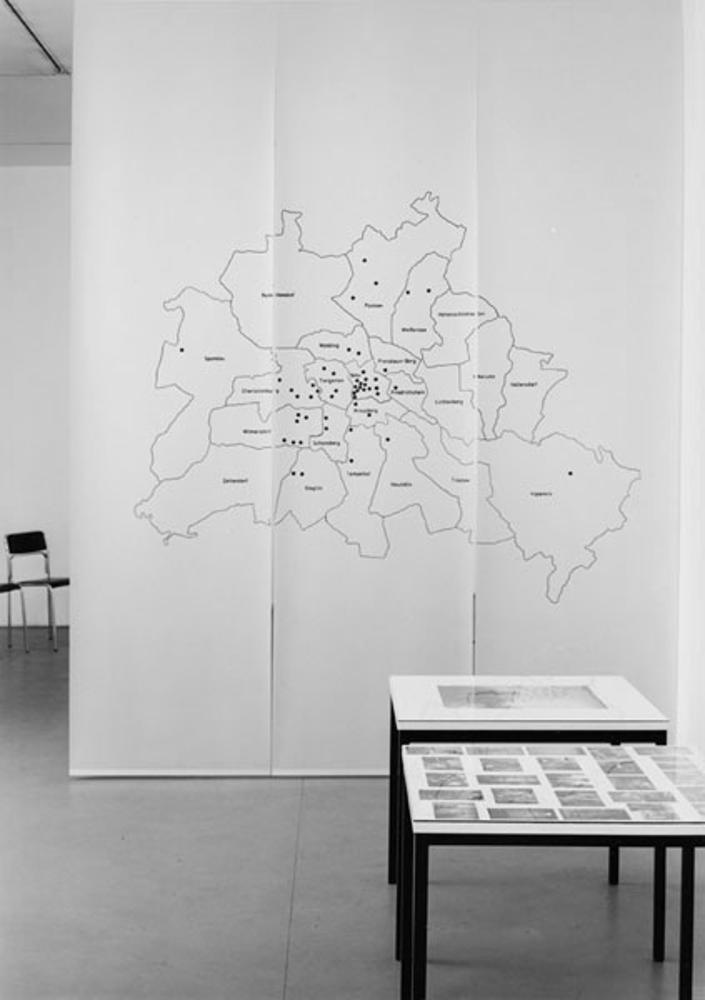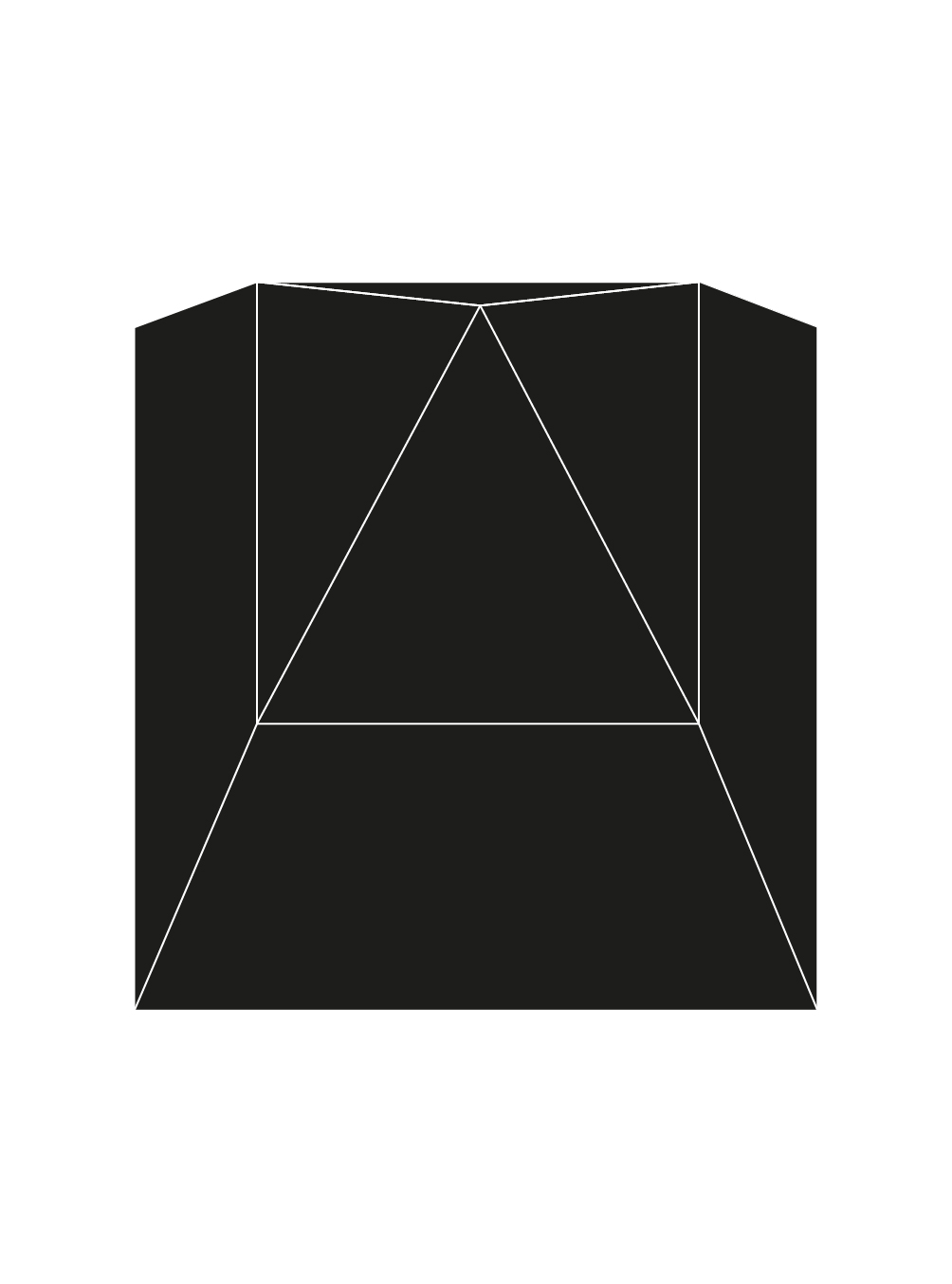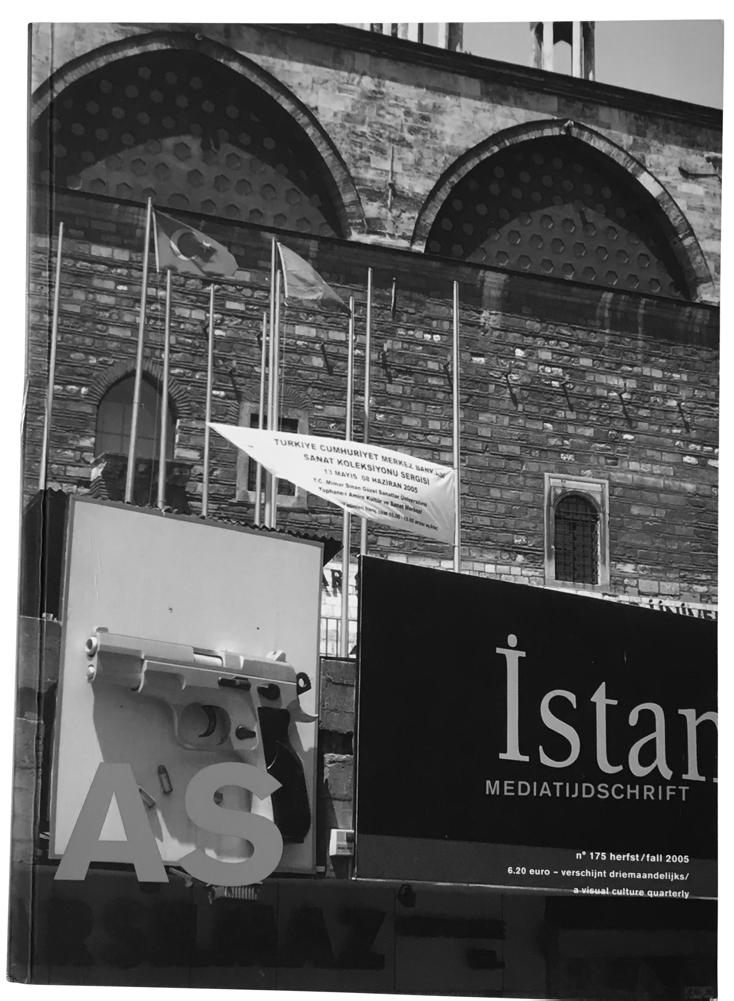Spaces for the Mind, Objects for Well Being
Robbrecht en Daem / An Architectural Anthology
Essay on the objects made by Robbrecht en Daem architects
Published by Mercatorfonds
2017
ISBN: 9789462301559
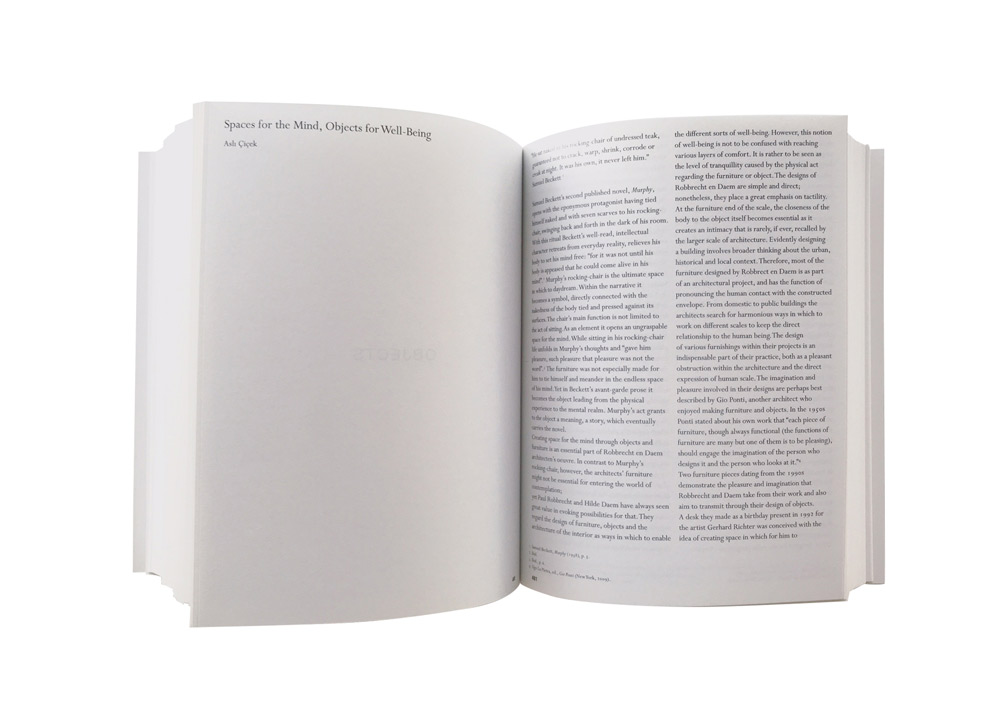
" ‘He sat naked in his rocking-chair of undressed teak, guaranteed not to crack, warp, shrink, corrode or creak at night. It was his own, it never left him.’
Samuel Beckett’s second published novel, Murphy, opens with the eponymous protagonist having tied himself naked and with seven scarves to his rocking chair, swinging back and forth in the dark of his room. With this ritual Beckett’s well read, intellectual character retreats from everyday reality, relieves his body to set his mind free: ‘for it was not until his body is appeased that he could come alive in his mind’. Murphy’s rocking chair is the ultimate space in which to daydream. Within the narrative it becomes a symbol, directly connected with the nakedness of the body tied and pressed against its surfaces. The chair’s main function is not limited to the act of sitting. As an element it opens an ungraspable space for the mind. While sitting in his rocking chair life unfolds in Murphy’s thoughts and ‘gave him pleasure, such pleasure that pleasure was not the word’. The furniture was not especially made for him to tie himself and meander in the endless space of his mind. Yet in Beckett’s avant-garde prose it becomes the object leading from the physical experience to the mental realm. Murphy’s act grants to the object a meaning, a story, which eventually carries the novel.
Creating space for the mind through objects and furniture is an essential part of Robbrecht en Daem architecten’ oeuvre. In contrast to Murphy’s rocking chair, however, the architects’ furniture might not be essential for entering the world of contemplation; yet Paul Robbrecht and Hilde Daem have always seen great value in evoking possibilities for that. They regard the design of furniture, objects and the architecture of the interior as ways in which to enable the different sorts of well-being. However, this notion of well-being is not be confused with reaching various layers of comfort. It is rather to be seen as the level of tranquillity caused by the physical act regarding the furniture or object. ‘’
With essays by Aslı Çiçek, Wouter Davidts, Joan Ockman, Chantal Pattyn, Maarten Van Den Driessche, Christophe Van Gerrewey, Ellis Woodman
Edited by Maarten Van Den Driessche


